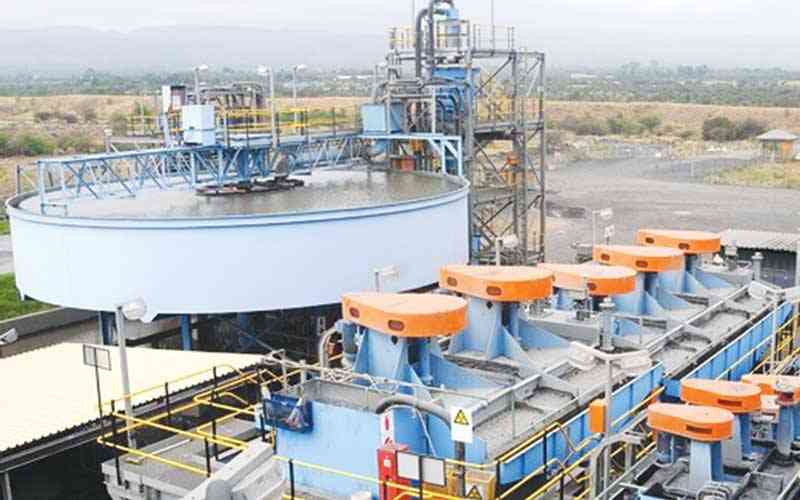
MINING house RioZim Limited (RioZim) says power supply challenges remain a key risk to the sustainability of its operations.
Despite the company putting in place diesel generators to lessen production stoppages, in its trading update for the third quarter (Q3) 2022, the group said it remained reliant on the power utility Zesa for consistent power supply to run optimally.
“Power supply challenges worsened during the quarter due to acute load shedding as the country battled with erratic local power generation coupled with inadequate supplementary power imports. Production was, therefore, significantly hampered during the quarter due to power supply challenges,” the group said.
“Power outages are taking up to 30% of the available production time, hence adversely affecting production in a very material way. Engagements with the power utility are ongoing on the rehabilitation of the unreliable power infrastructure mainly at Renco Mine.”
The group added that its subsidiary, Dalny Mine was placed under full care and maintenance due to inadequate foreign currency as it requires a huge capital investment to resuscitate underground operations.
Because of power supply challenges, inadequate foreign currency and lack of production at Dalny Mine, its gold production fell 6% compared to the same period last year.
“Power and access to foreign currency earnings are critical to the needs of the company. Both of these continue to be extremely scarce. The company has had to invest heavily in diesel generators which required foreign currency and power generated by diesel largely costs more than normal power,” it said.
During the period, Cam and Motor Mine focused on stabilising and optimising production at its recently commissioned Biological Oxidation (BIOX) plant post commissioning in April 2022.
- Shareholders pump $19bn into troubled RioZim
- RioZim bans Decent Work commemorations
- Power supply outages cripple RioZim operations
- Ex-RioZim workers cry foul
Keep Reading
“Production increased at a steady rate throughout the period and closed the quarter with an 83% growth from the prior year comparative period. The mine operated its BIOX plant throughout the quarter and despite encountering some normal teething challenges, production steadily increased towards the optimal level. However, production at Cam and Motor was adversely affected by power outages,” the miner said.
“Dalny Mine was placed under care and maintenance during the period due to lack of open pit ore sources with consistent grades as the current pits are showing low payability. In order to sustain care and maintenance costs, the mine embarked on small-scale mining activities as the available open pit resources are uneconomic to mine using traditional large-scale mining methods.”
As for Renco Mine, production for the quarter declined by 15% compared to Q3 2021 mainly attributed to increased power supply challenges.
RioZim invested in additional generators to increase coverage of backup power in an effort to minimise production disruptions.
The Empress Nickel Refinery (ENR) remained under care and maintenance throughout the quarter.
Associate RZM Murowa (Private) Limited recorded a 24% growth in production compared to Q3 2021 at the back of the newly-commissioned high-volume 500tph plant which became operational at the beginning of the quarter.
The associate continued to process pre-mined low-grade ores from its extensive stockpiles albeit at increased volumes from the new plant.
Going forward, the group said it was focused on ramping up production to optimal levels for its two key projects; the BIOX plant project at Cam and Motor and the new processing plant at RZM Murowa (Private) Limited.
RioZim said it was engaging authorities in various capacities to raise foreign currency retention thresholds on export proceeds from the current 60% as this has proven to be inadequate considering the group’s requirements.
“Notwithstanding the measures implemented by the authorities to stabilise exchange rates, the pricing of local inputs remained substantially high due to speculative tendencies. Local inputs continued to be pegged at nefarious prices in local currency which left the company heavily reliant on importation of raw materials that require foreign currency. With the company only retaining 60% of its export proceeds in USD, the company continued to be short of foreign currency to meet all its operational and capital expenditure requirements.” the group said.
- Follow us on Twitter @NewsDayZimbabwe











